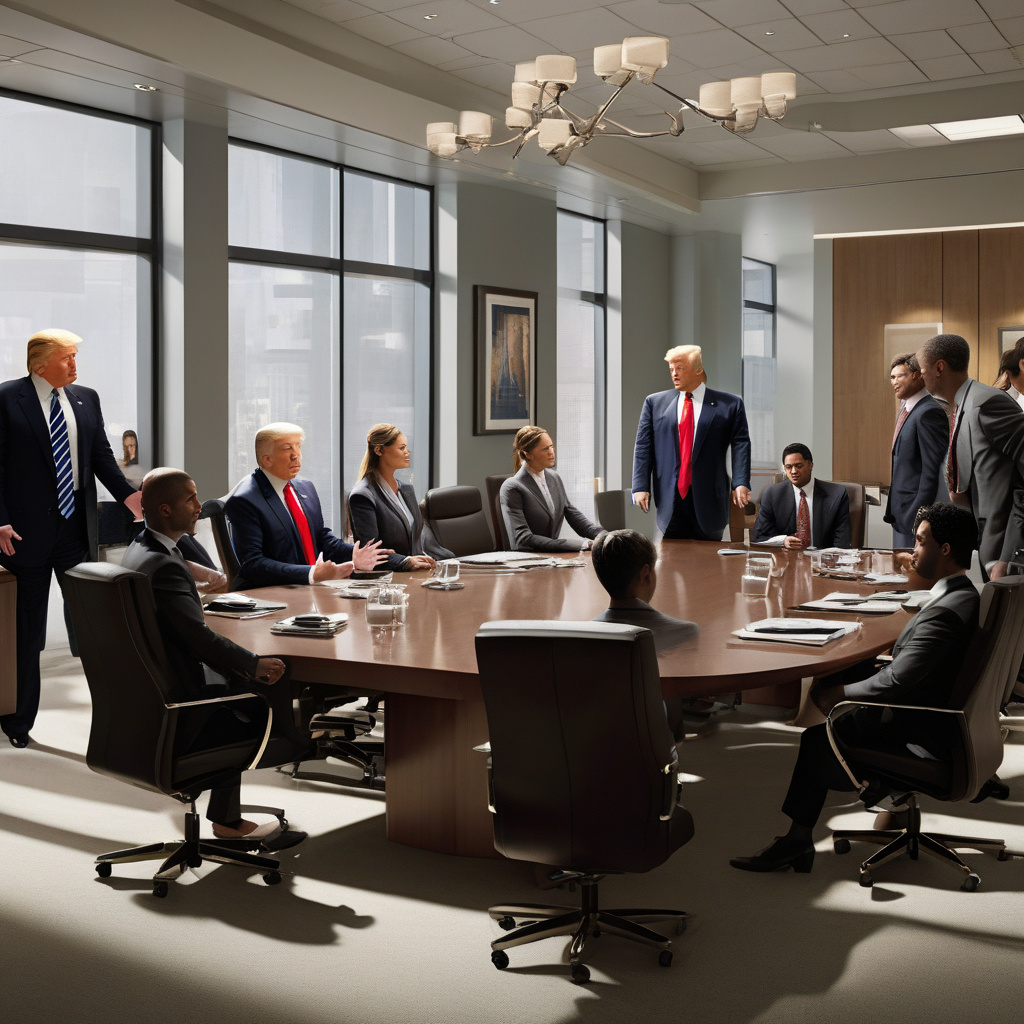Navigating the Impact of Tariffs: How Walmart and Other Retailers Can Overcome Challenges
In the realm of retail, few things can send shockwaves quite like tariffs being imposed on goods. The recent call from President Trump for Walmart to “eat tariff costs” has once again brought this issue to the forefront. As one of the largest retailers in the world, Walmart’s response to this directive will undoubtedly set a precedent for how other retail giants navigate these challenging times.
Tariffs, which are essentially taxes on imported goods, can have a significant impact on retailers that rely on products manufactured overseas. These additional costs are often passed on to consumers in the form of higher prices, which can ultimately lead to a decrease in sales. In the case of Walmart, known for its low prices and value-driven offerings, absorbing tariff costs could potentially erode its profit margins.
So, how can Walmart and other retailers effectively deal with the challenges posed by tariffs? One strategy is to diversify the supply chain by sourcing products from multiple countries. By reducing reliance on a single source, retailers can mitigate the impact of tariffs imposed on any one country. This approach requires careful planning and coordination but can prove to be a valuable long-term strategy.
Another tactic is to renegotiate contracts with suppliers to share the burden of tariff costs. By working collaboratively with manufacturers and distributors, retailers can distribute the additional expenses more evenly, preventing a significant impact on their bottom line. This approach requires strong negotiation skills and a willingness to engage in open and honest discussions with partners.
Furthermore, retailers can explore opportunities to optimize their operations and improve efficiency to help offset the impact of tariffs. This may involve streamlining supply chain processes, implementing cost-saving measures, and leveraging technology to enhance productivity. By focusing on continuous improvement, retailers can position themselves to withstand external challenges such as tariffs.
In addition to these strategies, retailers should also consider the role of digital marketing and e-commerce in mitigating the impact of tariffs. By leveraging online channels to reach a wider audience, retailers can potentially offset any decline in foot traffic resulting from price increases. Investing in targeted digital marketing campaigns and optimizing the e-commerce experience can help retailers maintain their competitive edge in the face of economic uncertainties.
Ultimately, the challenge of navigating tariffs requires a multi-faceted approach that encompasses supply chain management, negotiation, operational efficiency, and digital innovation. By proactively addressing these areas, retailers can position themselves to not only survive but thrive in an increasingly complex global marketplace.
#RetailStrategies, #TariffChallenges, #SupplyChainDiversification, #DigitalMarketingTactics, #EcommerceOptimization
